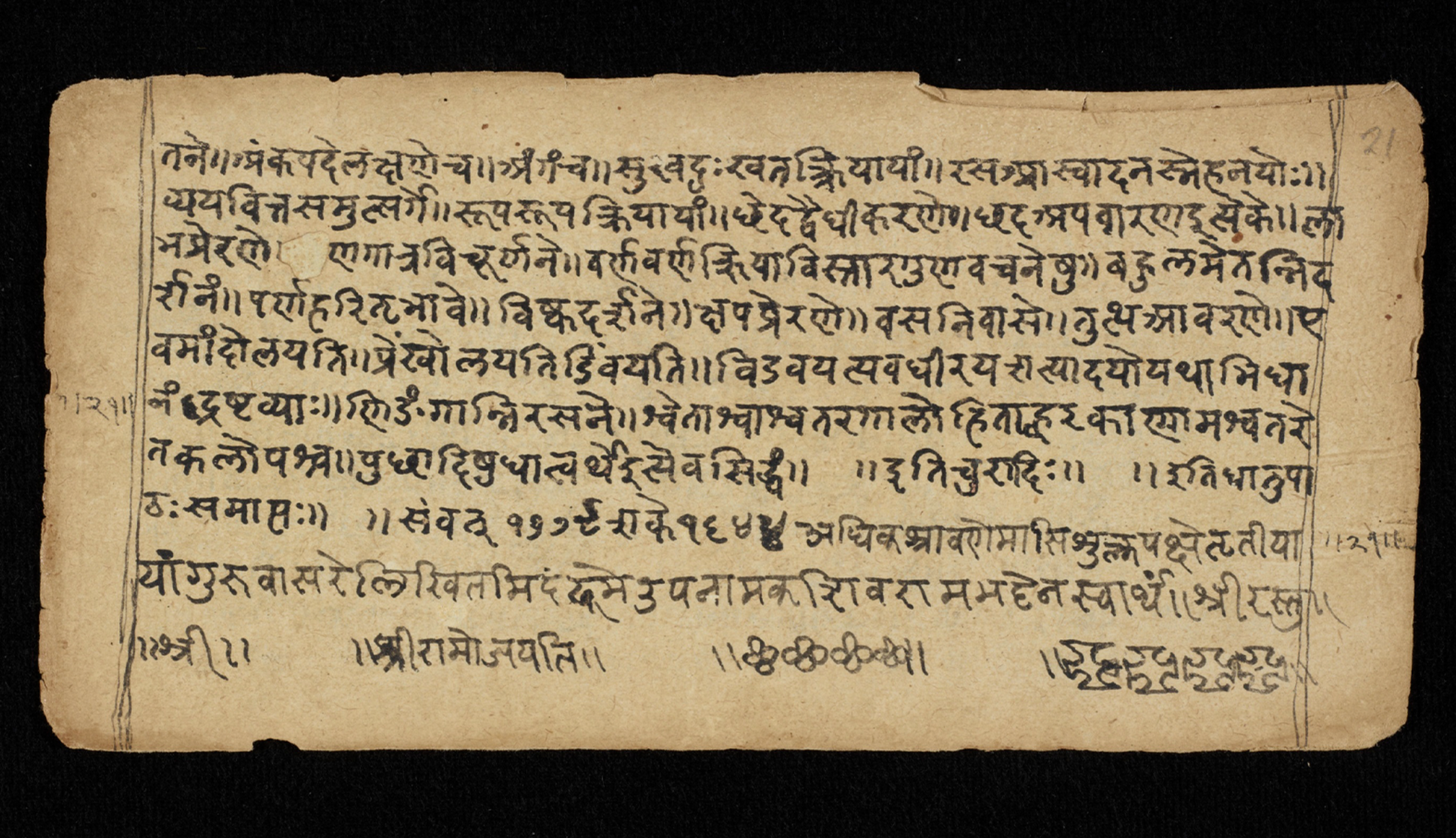As scholars of ancient texts well know, the reconstruction of lost sources can be a matter of some controversy. In the ancient Hebrew and less ancient Christian Biblical texts, for example, critics find the remnants of many previous texts, seemingly stitched together by occasionally careless editors. Those source texts exist nowhere in any physical form, complete or otherwise. They must be inferred from the traces they have left behind—signatures of diction and syntax, stylistic and thematic preoccupations….
So it is with the study of ancient languages, but since oral cultures far predate written ones, the search for linguistic ancestors can take us back to the very origins of human culture, to times unremembered and unrecorded by anyone, and only dimly glimpsed through scant archaeological evidence and observable aural similarities between vastly different languages. So it was with the theoretical development of Indo-European as a language family, a slow process that took several centuries to coalesce into the modern linguistic tree we now know.
The observation that Sanskrit and ancient European languages like Greek and Latin have significant similarities was first recorded by a Jesuit missionary to Goa, Thomas Stephens, in the sixteenth century, but little was made of it until around 100 years later. A great leap forward came in the mid-nineteenth century when German linguist August Schleicher, under the influence of Hegel, published his Compendium of the Comparative Grammar of the Indo-European Languages. There, Schleicher made an extensive attempt at reconstructing the common ancestor of all Indo-European languages, “Proto-Indo-European,” or PIE, for short, thought to have originated somewhere in Eastern Europe, though this supposition is speculative.
To provide an example of what the language might have been like, Schleicher made up a fable called “The Sheep and the Horses” as a “sonic experiment.” The story has been used ever since, “periodically updated,” writes Eric Powell at Archaeology, “to reflect the most current understanding of how this extinct language would have sounded when it was spoken some 6,000 years ago.” Having no access to any texts written in Proto-Indo-European (which may or may not have existed) nor, of course, to any speakers of the language, linguists disagree a good deal on what it should sound like; “no single version can be considered definitive.”
And yet, since Schleicher’s time, the theory has been considerably refined. At the top of the post, you can hear one such refinement based on work by UCLA professor H. Craig Melchert and read by linguist Andrew Byrd. See a translation of Schleicher’s story, “The Sheep and the Horses” below:
A sheep that had no wool saw horses, one of them pulling a heavy wagon, one carrying a big load, and one carrying a man quickly. The sheep said to the horses: “My heart pains me, seeing a man driving horses.” The horses said: “Listen, sheep, our hearts pain us when we see this: a man, the master, makes the wool of the sheep into a warm garment for himself. And the sheep has no wool.” Having heard this, the sheep fled into the plain.
Byrd also reads another story in hypothetical Proto-Indo-European, “The King and the God,” using “pronunciation informed by the latest insights into PIE.”
See Powell’s article at Archaeology for the written transcriptions of both Schleicher’s and Melchert/Byrd’s versions of PIE, and see his article here to learn about the archeological evidence for the Bronze Age speakers of this theoretical linguistic common ancestor.
Note: An earlier version of this post appeared on our site in 2017.
Related Content:
Listen to The Epic of Gilgamesh Being Read in its Original Ancient Language, Akkadian
Hear Homer’s Iliad Read in the Original Ancient Greek
Hear What Homer’s Odyssey Sounded Like When Sung in the Original Ancient Greek
Was There a First Human Language?: Theories from the Enlightenment Through Noam Chomsky
What Ancient Greek Music Sounded Like: Listen to a Reconstruction That’s “100% Accurate”
Josh Jones is a writer and musician based in Durham, NC. Follow him at @jdmagness


